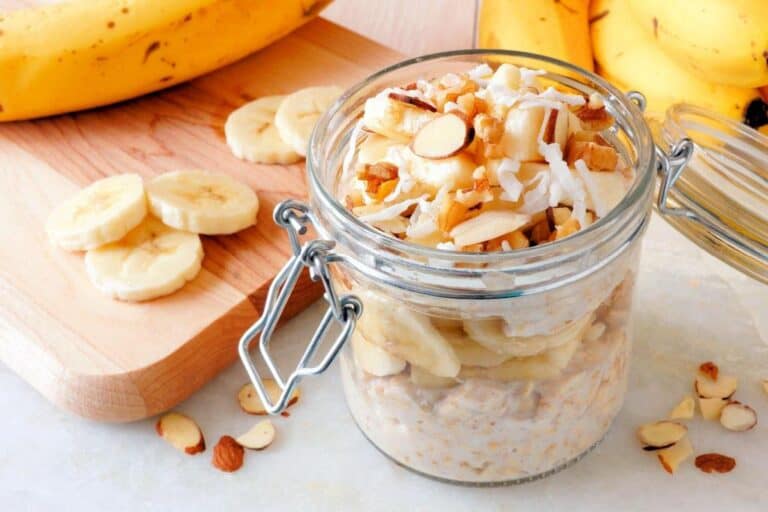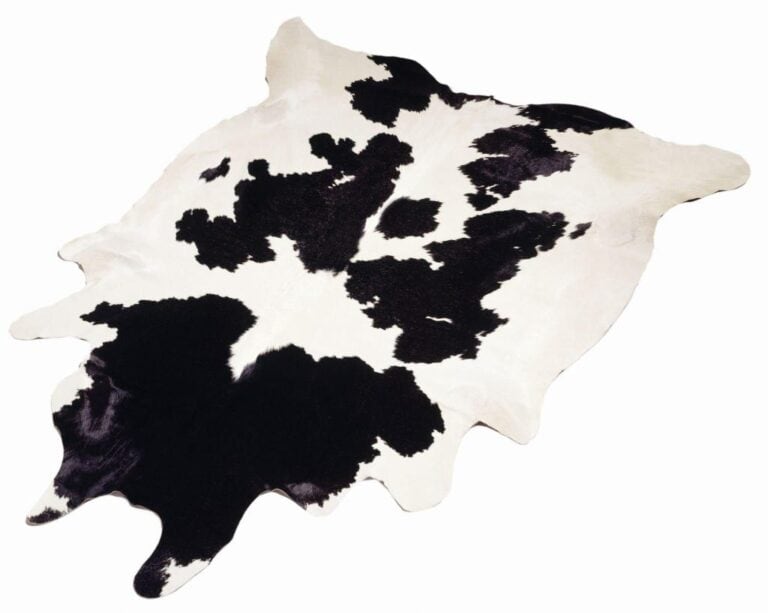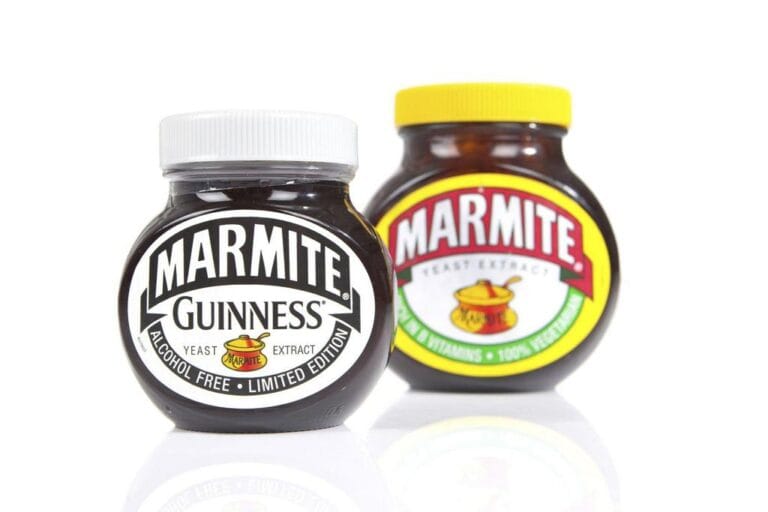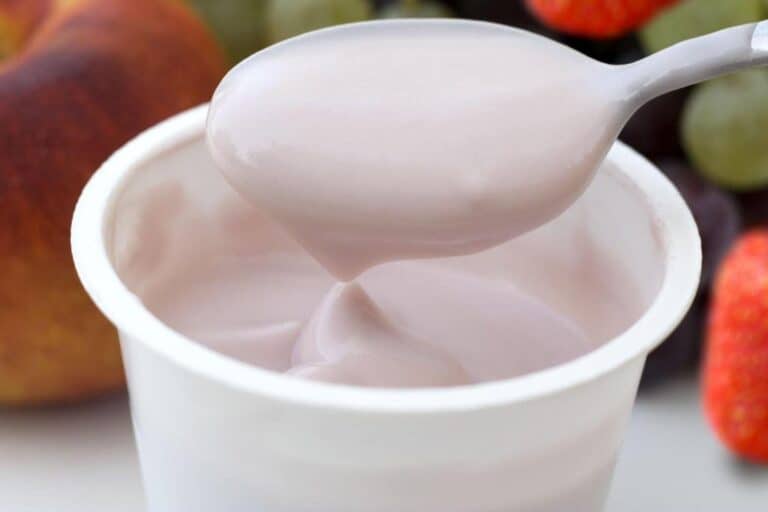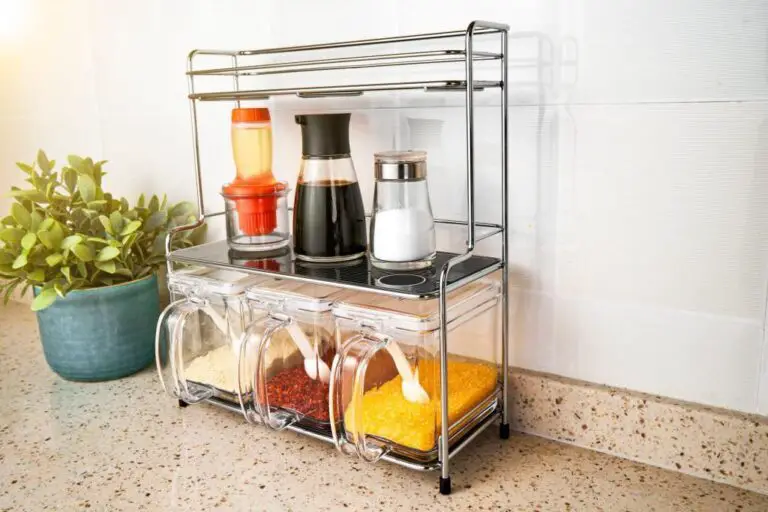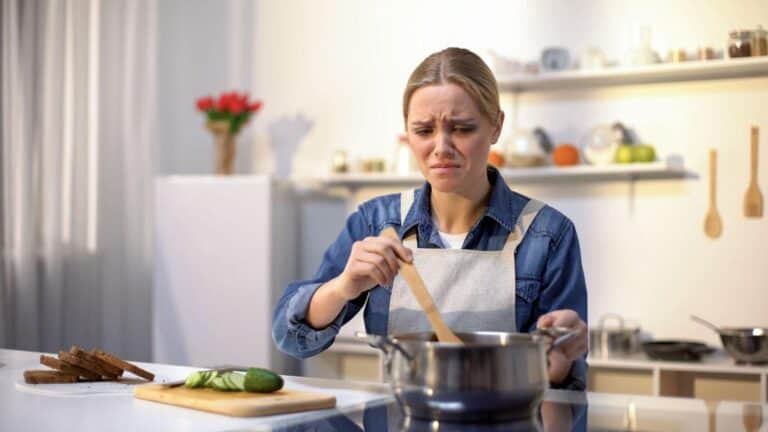What Happens if You Accidentally Eat Food With Melted Plastic?
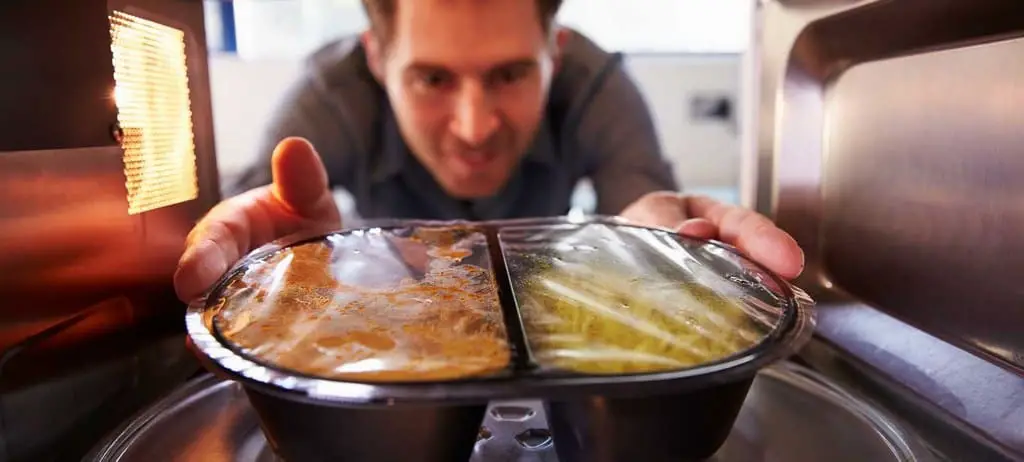
You were in the middle of making dinner when I realized something was off. As you took a bite of my meal, you felt something hard and foreign in your mouth. To your horror, you had accidentally cooked a piece of plastic along with your food.
While it’s a mistake that many of us have probably made at some point, cooking with plastic can be dangerous and even harmful to our health.
In this post, we’ll delve into the dangers of cooking with plastic, what to do if you accidentally cooked plastic with your food, and how to prevent future accidents from occurring.
Risks Associated with Accidentally Eating Plastic
Accidentally eating plastic can pose serious health risks to individuals. Plastic is a man-made substance that is not meant to be eaten and can cause a number of health problems if it is.
One of the biggest risks of eating plastic by accident is that the plastic could hurt you physically. Small pieces of plastic can become stuck in the throat or digestive system, leading to blockages or tears. In more serious cases, surgery may be needed to remove the plastic and fix any damage.
Another risk of eating plastic by accident is that the plastic could release chemicals that are bad for the body. Many types of plastic contain chemicals such as BPA, which have been linked to a variety of health problems, including cancer, fertility issues, and immune system problems.
When people eat plastic, these chemicals can get into their bodies. This makes it more likely that they will be exposed to them.
Can Melted Plastic Make You Sick?
Eating small amounts of plastic does not make you sick, according to recent research. It’s true that large pieces of plastic can be a choking hazard and have been linked to health issues, but the amount of plastic humans ingest daily is negligible compared to the large pieces.
A study conducted at the University of Exeter and published in the journal Environmental Pollution has revealed that humans consume hundreds of tiny particles every day through food, air, water, and dust.
Even though these particles are considered ‘microplastics,’ they are still thousands of times smaller than anything big enough to cause harm.
Researchers also found that these microplastics don’t stay in the body for long after being eaten. Most of them were gone within 24 hours, either through pooping or being digested.
Common Sources of Accidental Food Contact with Plastic
There are many common sources of accidental food contact with plastic.
- One common source is the use of plastic containers for food storage. Many people store leftovers or other food items in plastic containers, which can sometimes leach chemicals into the food.
- Another common source is the use of plastic wrap or plastic bags to store food. These materials are often used to keep food fresh, but they can also introduce plastic into the food if they come into direct contact.
- Another source of accidental food contact with plastic is the use of plastic utensils and serving ware. Many people use plastic forks, spoons, and other utensils for eating and serving, which can transfer plastic particles to the food. Similarly, plastic serving ware, such as plastic plates and cups, can also transfer plastic to the food if they come into direct contact.
- Finally, accidental food contact with plastic can also occur through the use of plastic food packaging for processed and prepackaged foods. Many processed and prepackaged foods, such as snack bars and pre-made meals, are packaged in plastic containers or bags, which can leach chemicals into the food.
To lower the risk of getting plastic in food, it is important to be aware of these sources and try to limit or get rid of them as much as possible.
How to Minimize the Risk of Eating Plastic?
There are several steps that you can take to minimize the risk of eating plastic:
- Be mindful of sources of plastic in food. Plastic can sometimes find its way into food through packaging or utensils. To lower the chance of eating plastic, it’s important to be aware of these possible places to find plastic and to avoid eating them.
- Use caution when handling and preparing food. When handling and preparing food, it is important to be careful to avoid contaminating it with plastic. This includes properly storing and disposing of plastic items, and being mindful of any plastic utensils or containers that are being used in the kitchen.
- Avoid heating plastic in the microwave. Heating plastic in the microwave can increase the risk of the plastic leaching harmful chemicals into the food.
- Use plastic products that are specifically designed for use in the kitchen. Some types of plastic are more prone to leaching chemicals or melting when exposed to heat. It is best to use plastic products that are specifically designed for use in the kitchen.
- Follow proper safety guidelines when cooking with plastic. When cooking with plastic, it is important to follow proper safety guidelines, such as avoiding placing plastic items too close to heating elements or open flames, and being careful to keep the kitchen well-ventilated.
By following these rules, people can help reduce the chance of getting hurt or having an accident when cooking with plastic.
Signs of Plastic Contamination in Food
The presence of microplastics in our food supply is now a major concern. Microplastics are tiny particles that come from larger pieces of plastic breaking down into smaller pieces, sometimes so small they cannot be seen with the naked eye.
Even though there isn’t a single sign that you’ve eaten contaminated food, researchers say there are a few things to look out for that could mean plastic got into your food. Some of the most common signs include:
- Physical appearance. Food that has been contaminated with plastic may have visible pieces of plastic present. These pieces may be small or large and may be a variety of colors, depending on the type of plastic.
- Odor. Plastic can have a distinctive smell, and food that has been contaminated with plastic may also have this smell. If the food has a strong, plastic-like smell, this may be a sign of contamination.
- Taste. Food that has been contaminated with plastic may also have a plastic-like taste. This taste may be subtle or more pronounced, depending on the amount of plastic present in the food.
- Texture. In some cases, plastic contamination may alter the texture of the food. For example, the food may feel grittier or more slippery than normal.
- Changes in color. Plastic contamination may also cause changes in the color of the food. For example, the food may appear discolored or faded.
If you think that your food may have been contaminated with plastic, you should throw it away and see a doctor if you have any symptoms after eating it. Some common symptoms of plastic contamination include abdominal pain, nausea, vomiting, and diarrhea.
.

